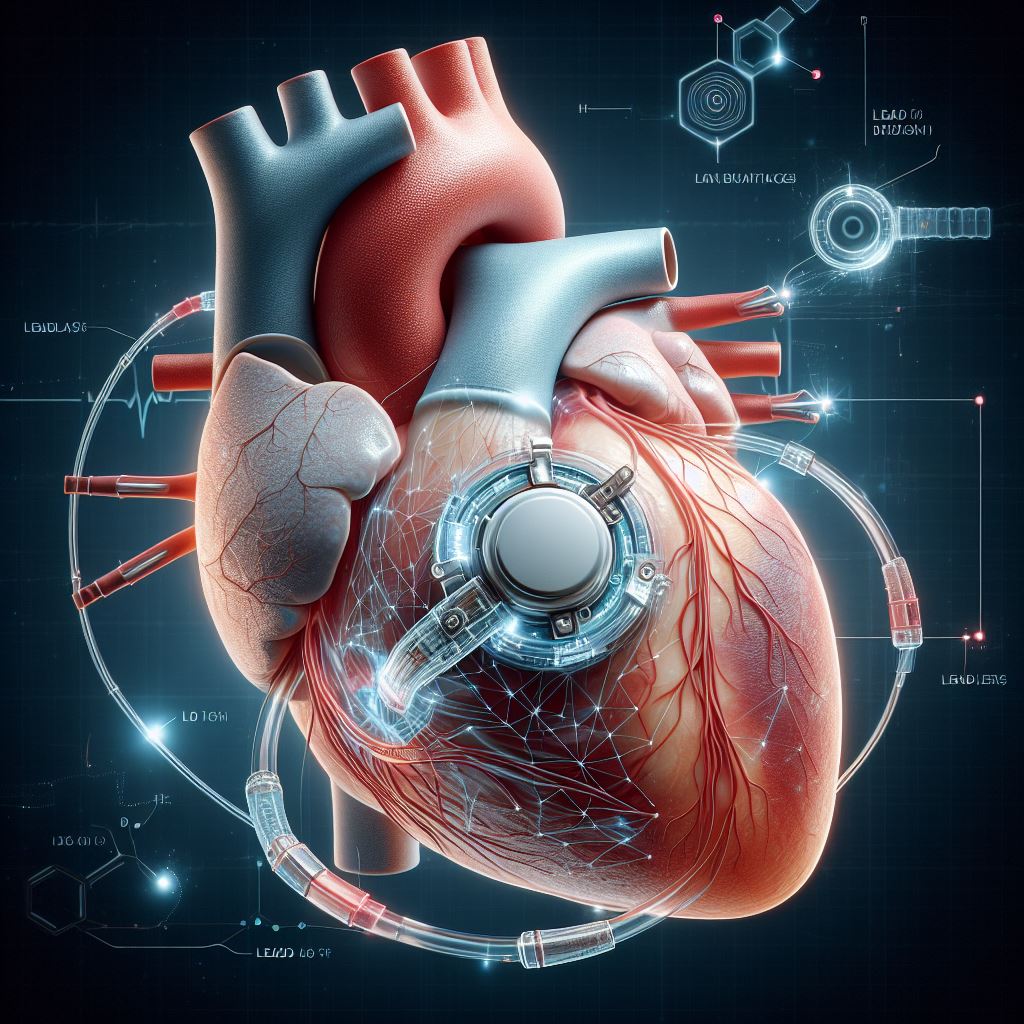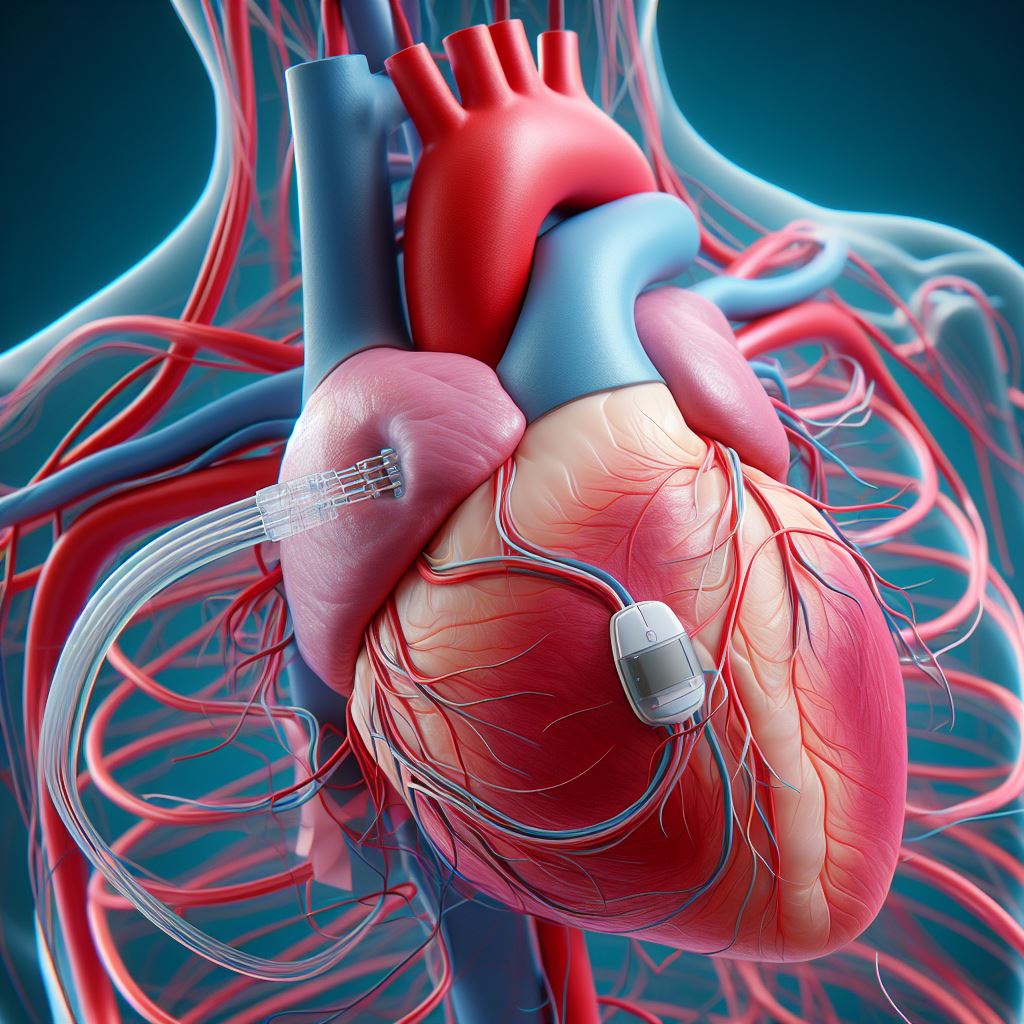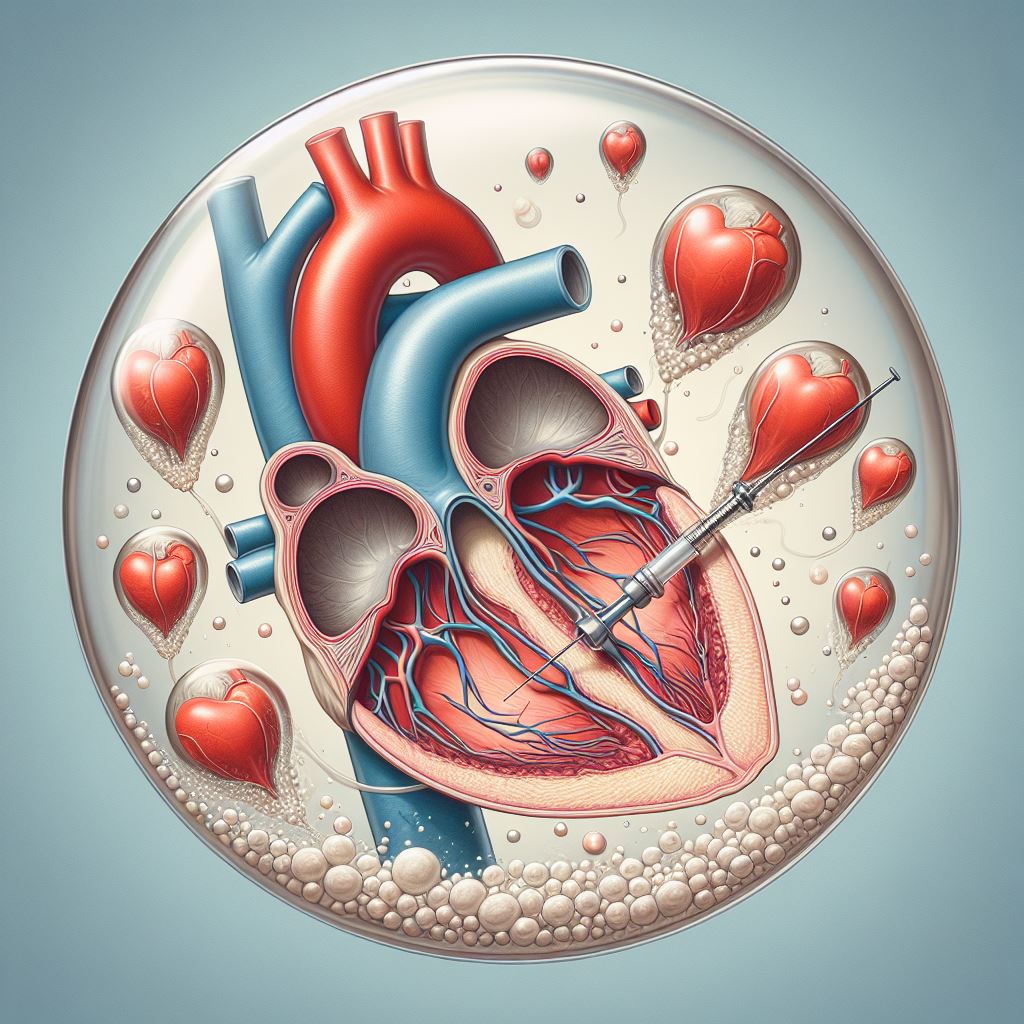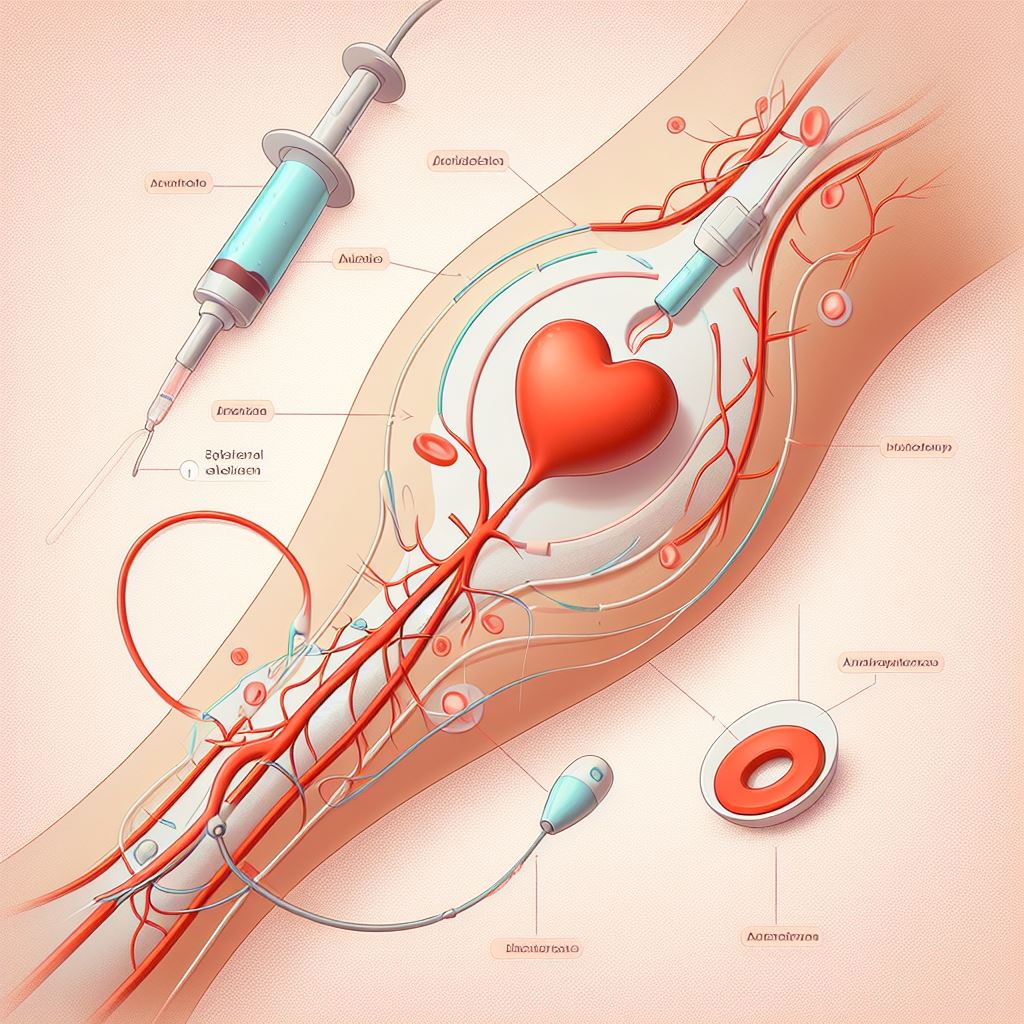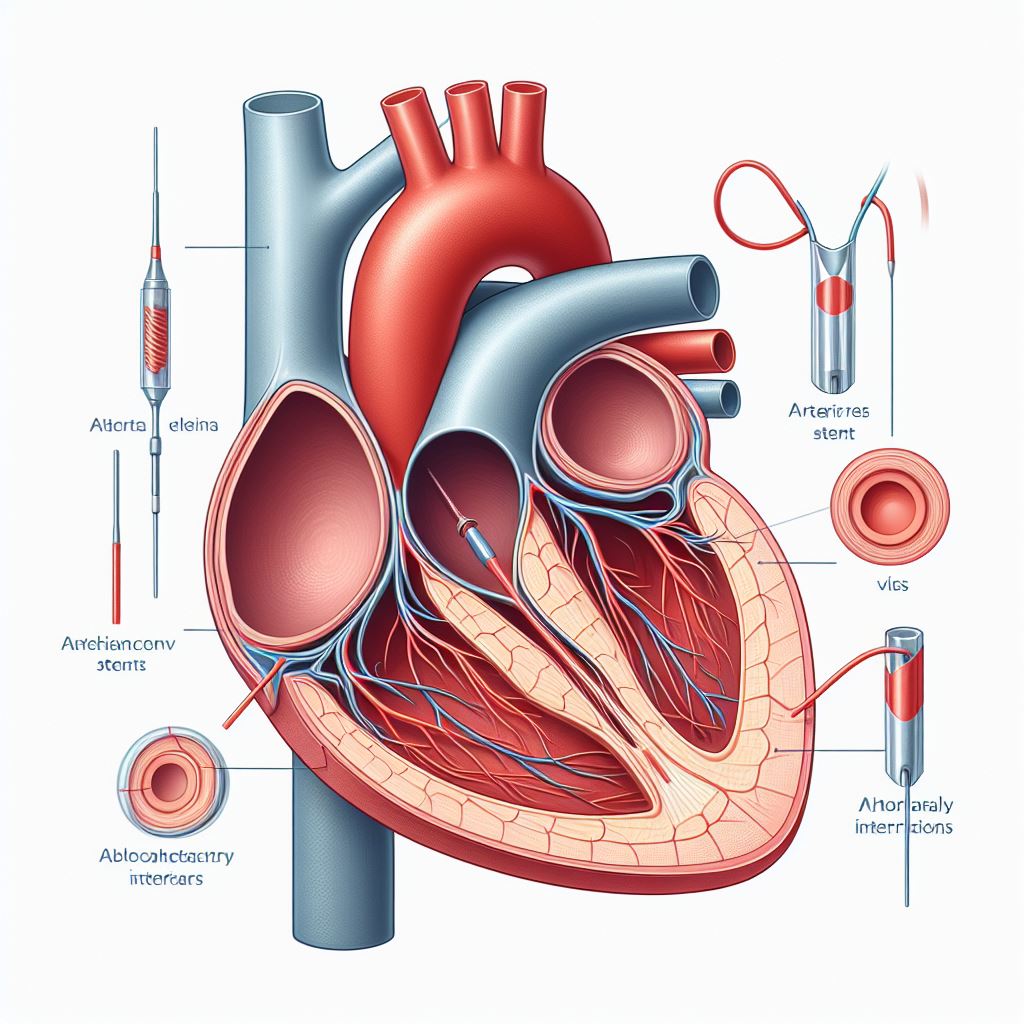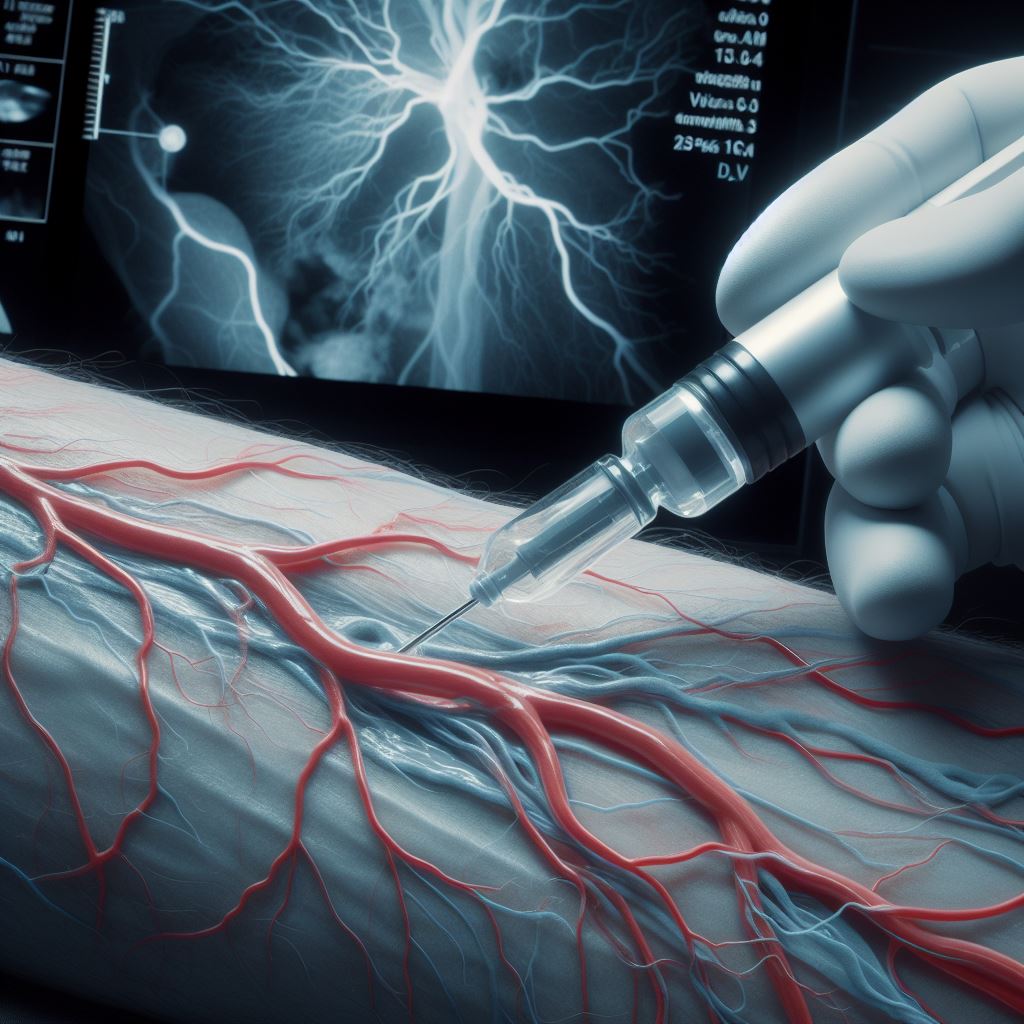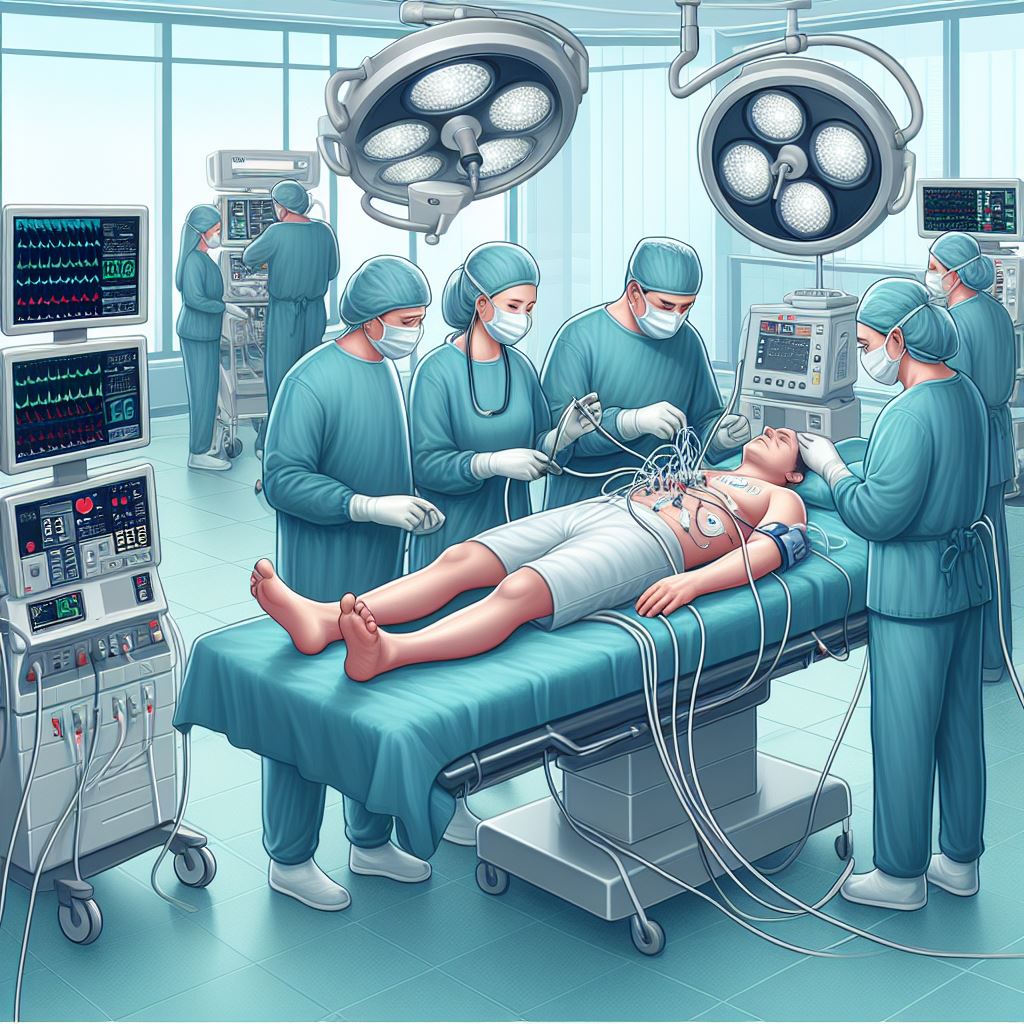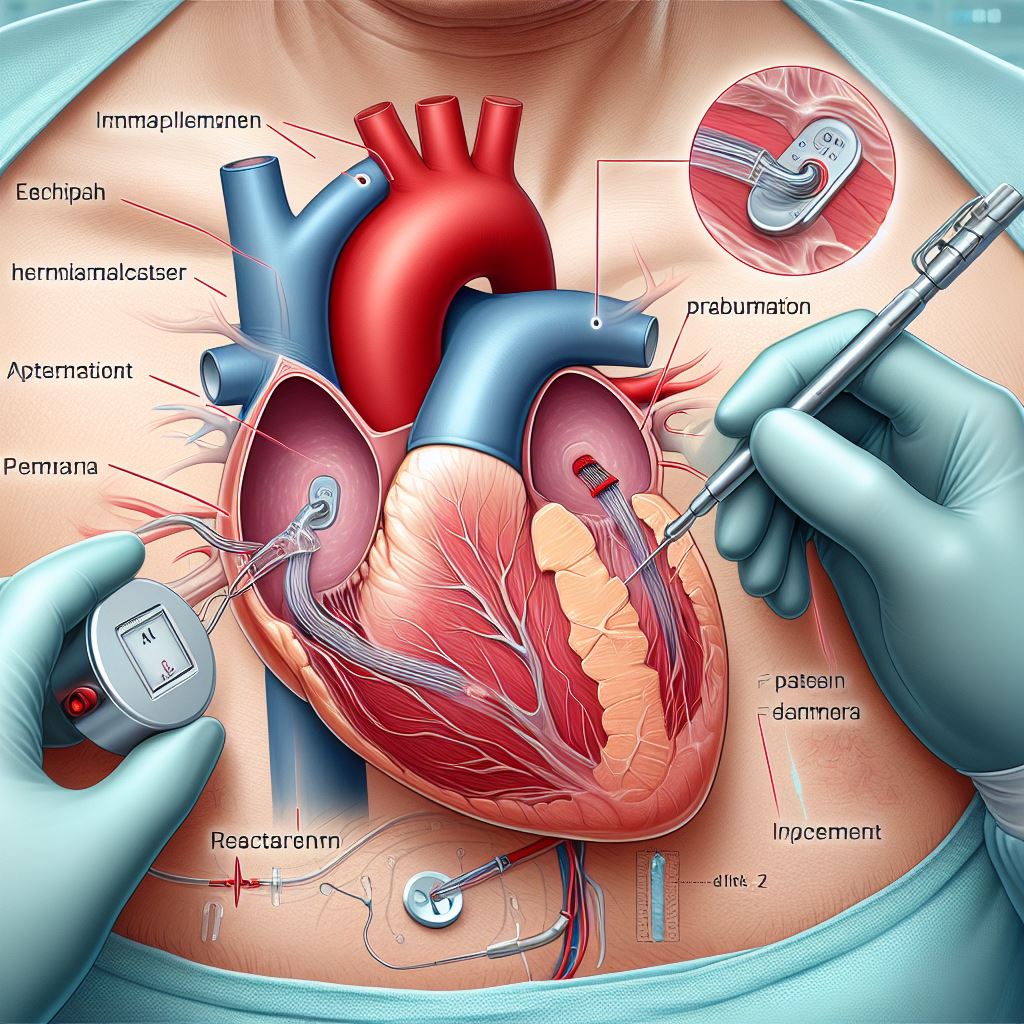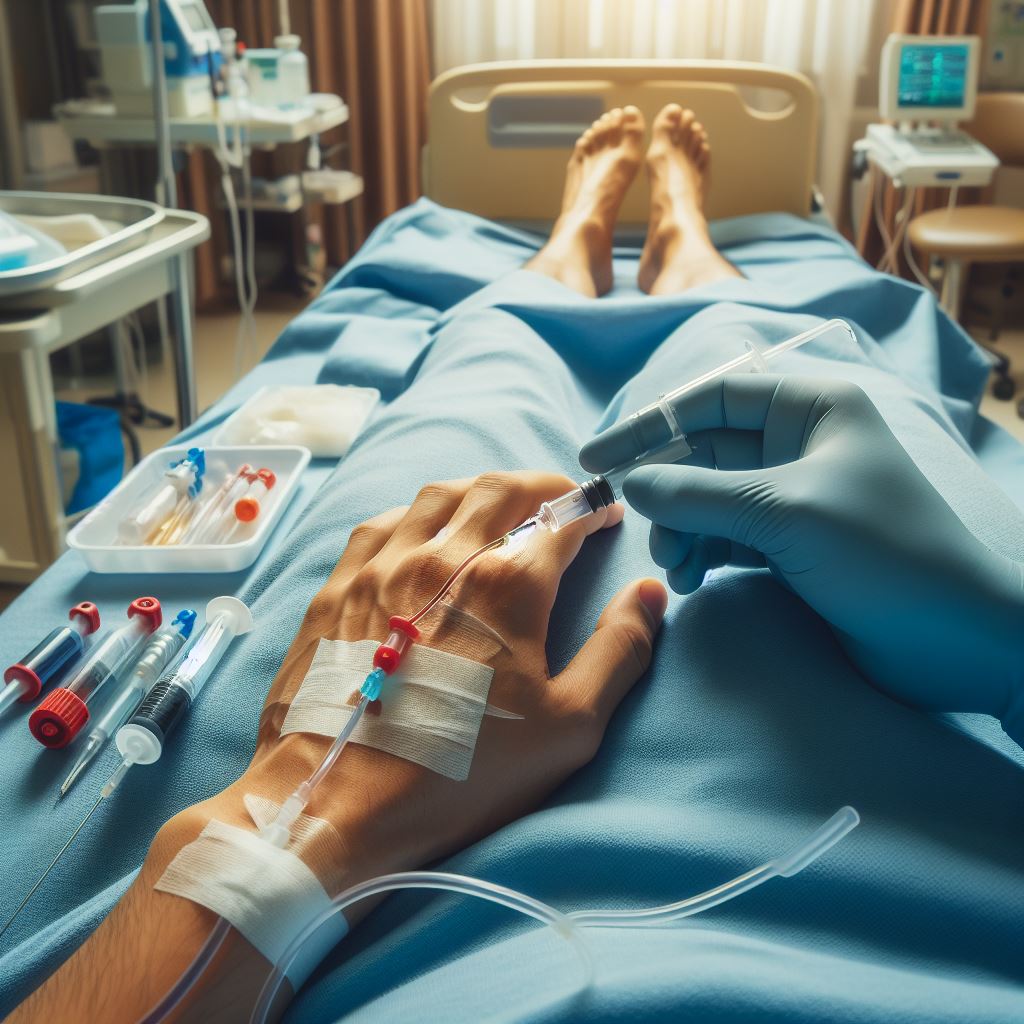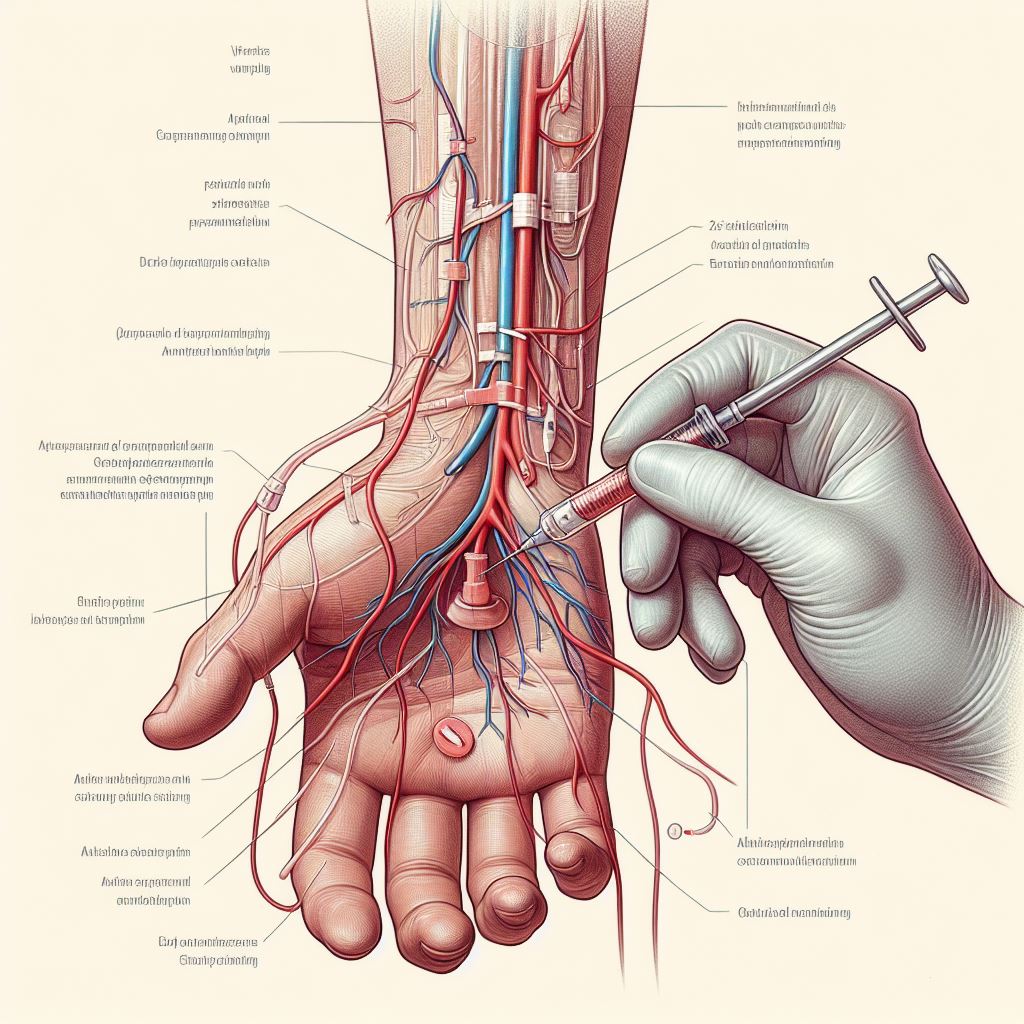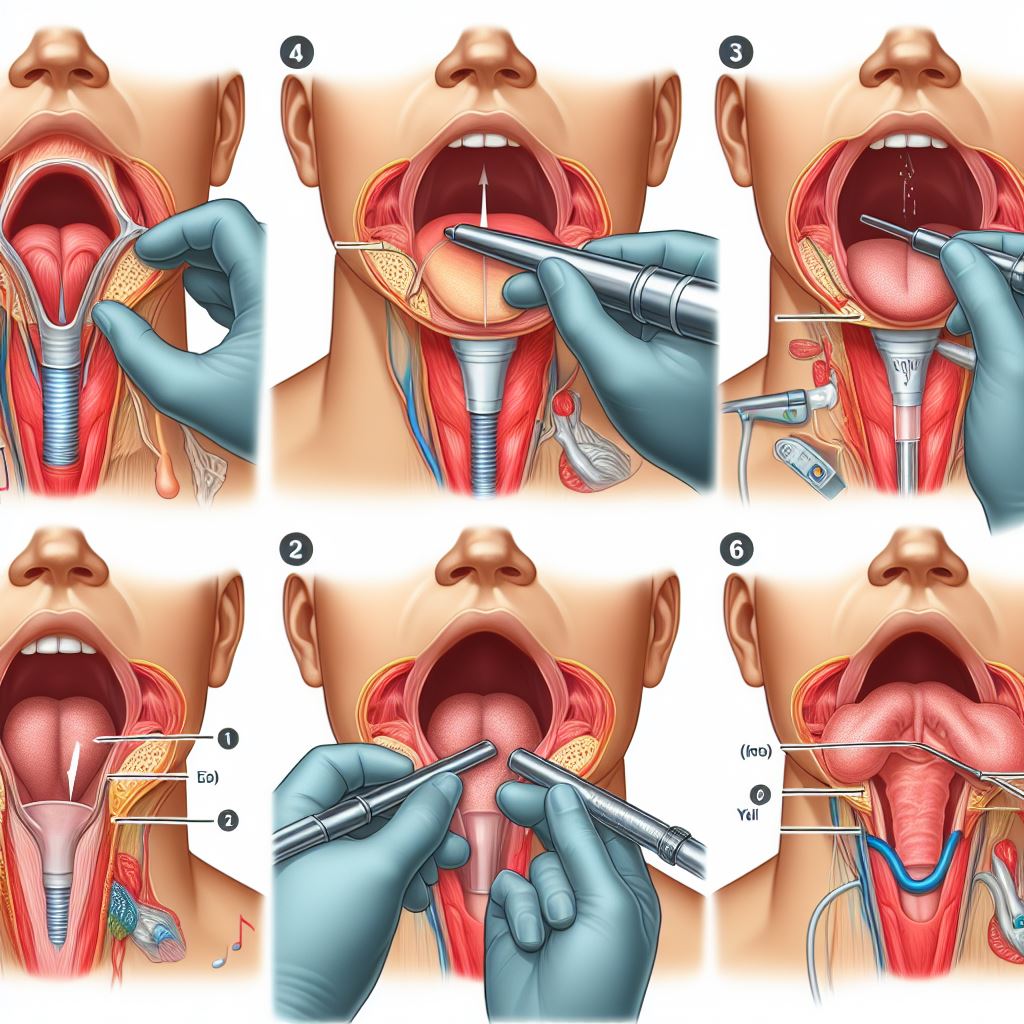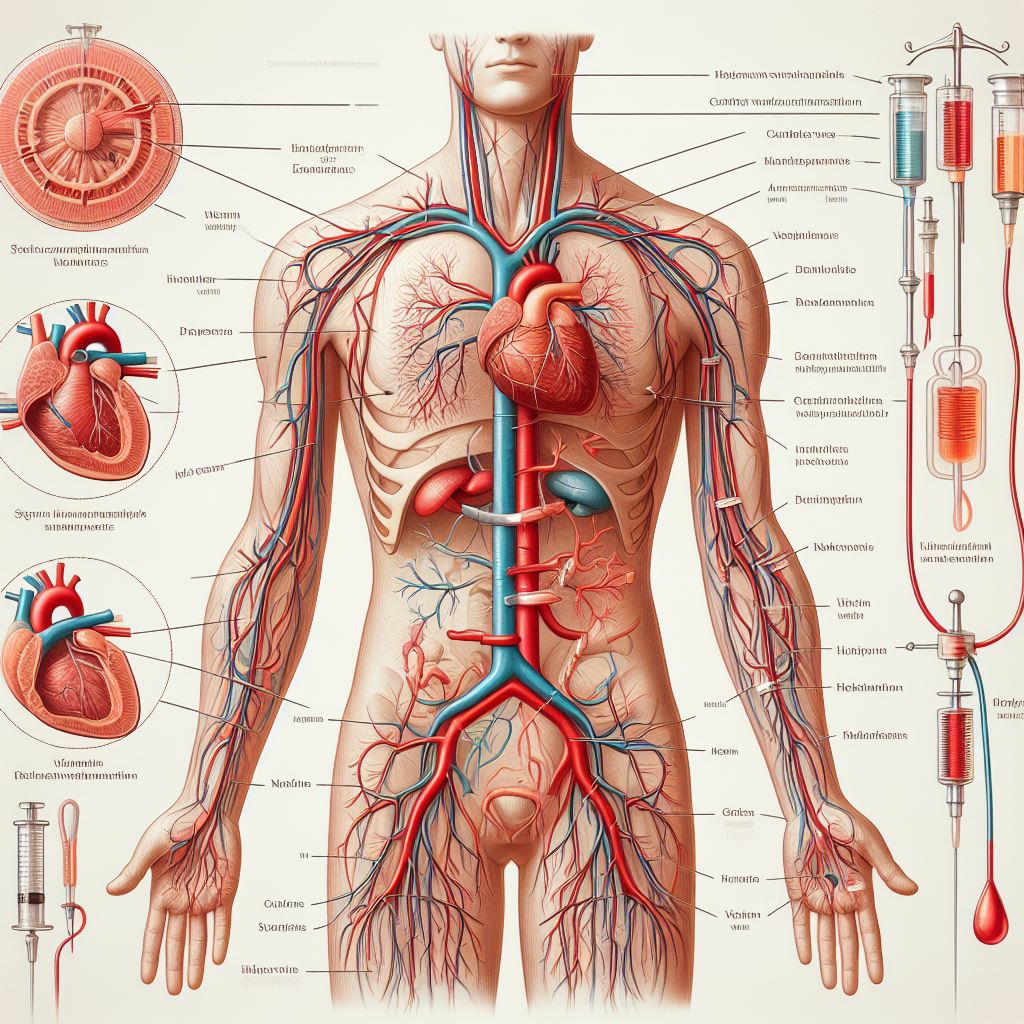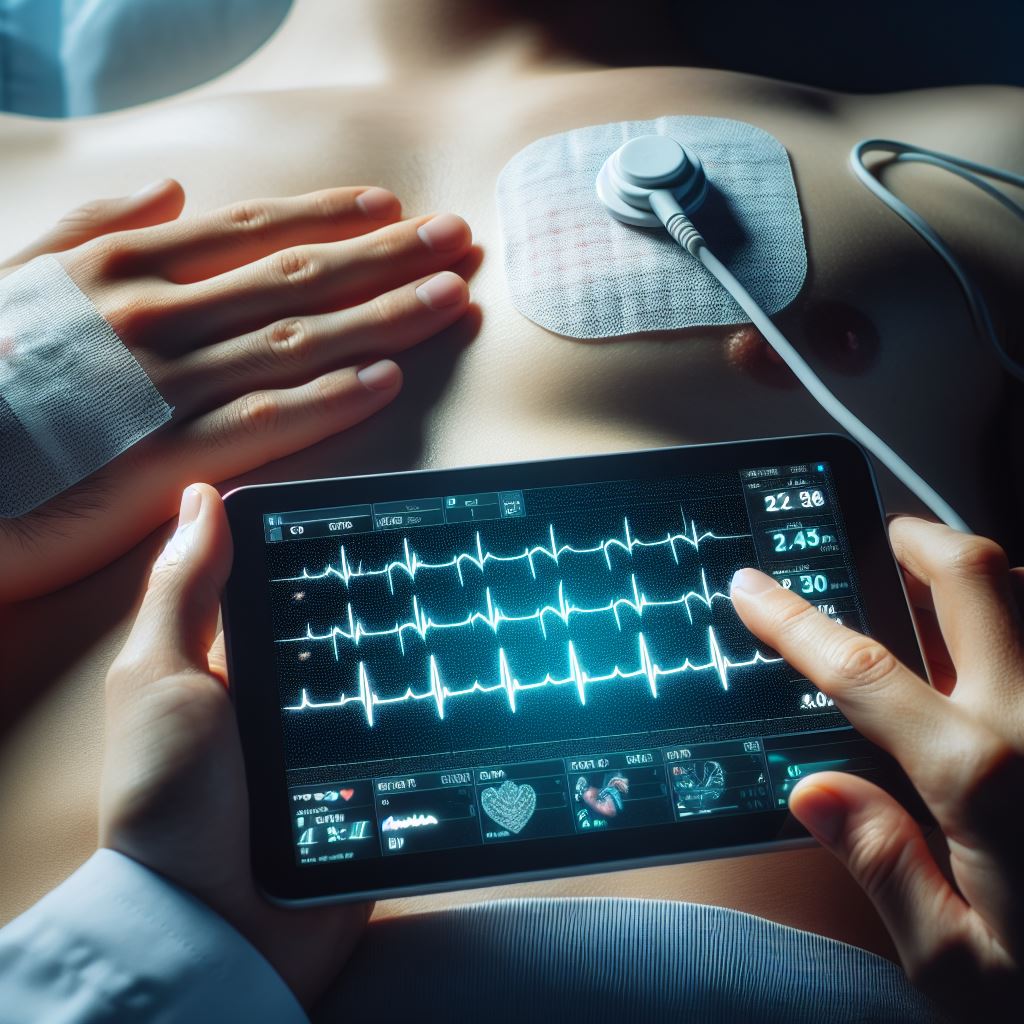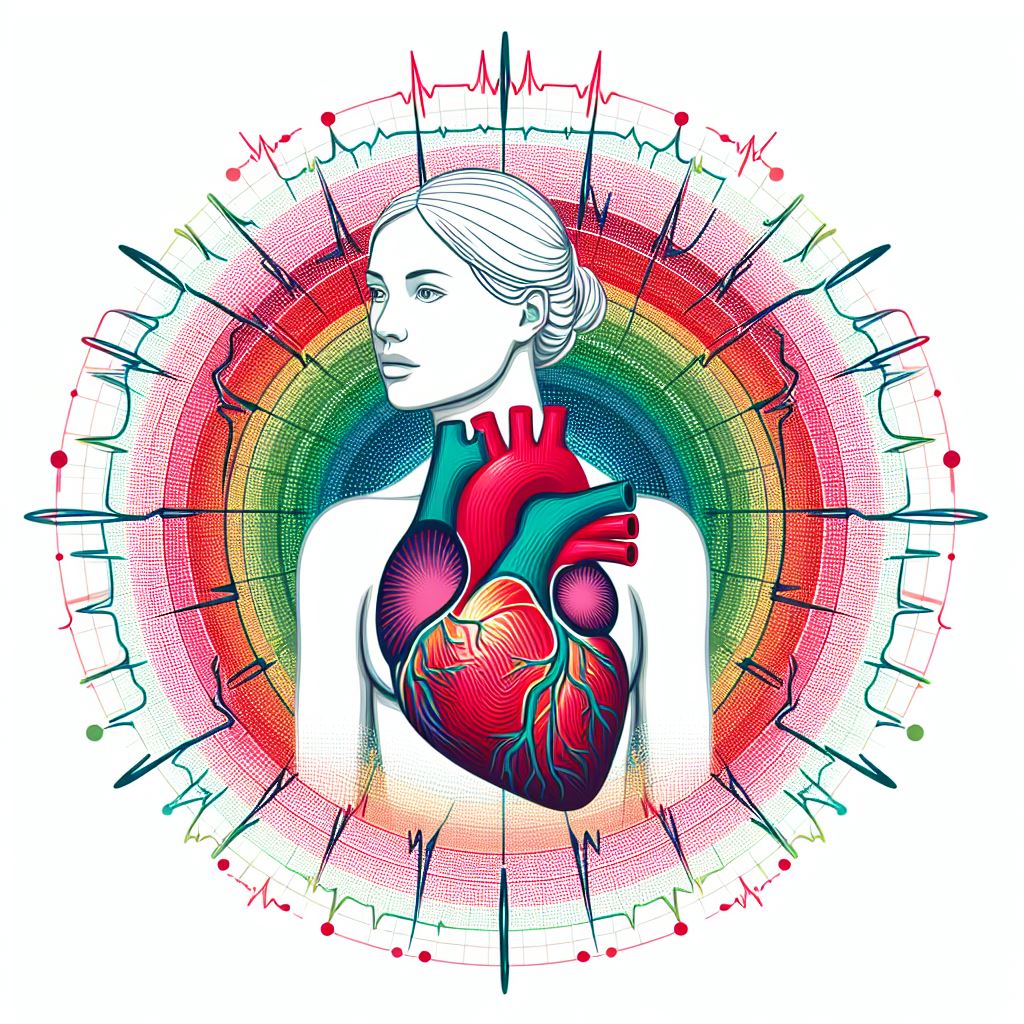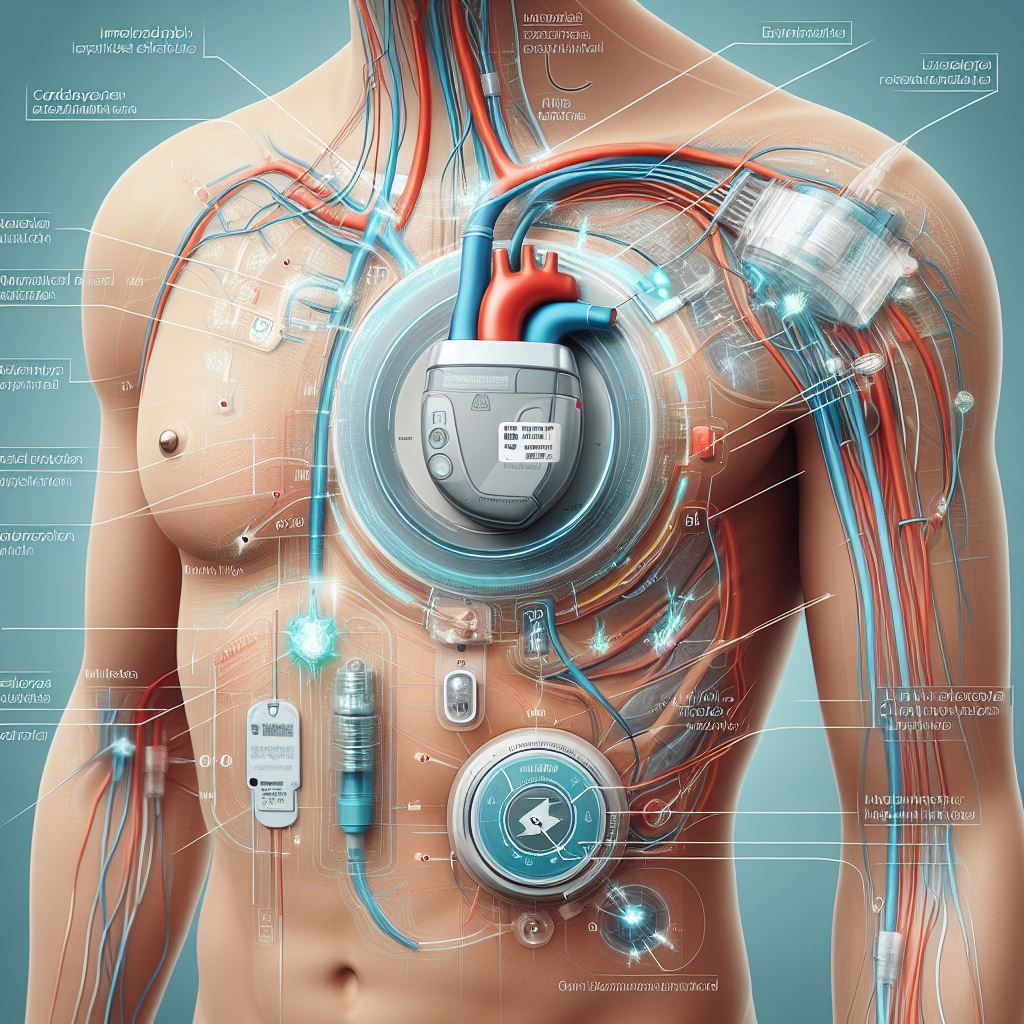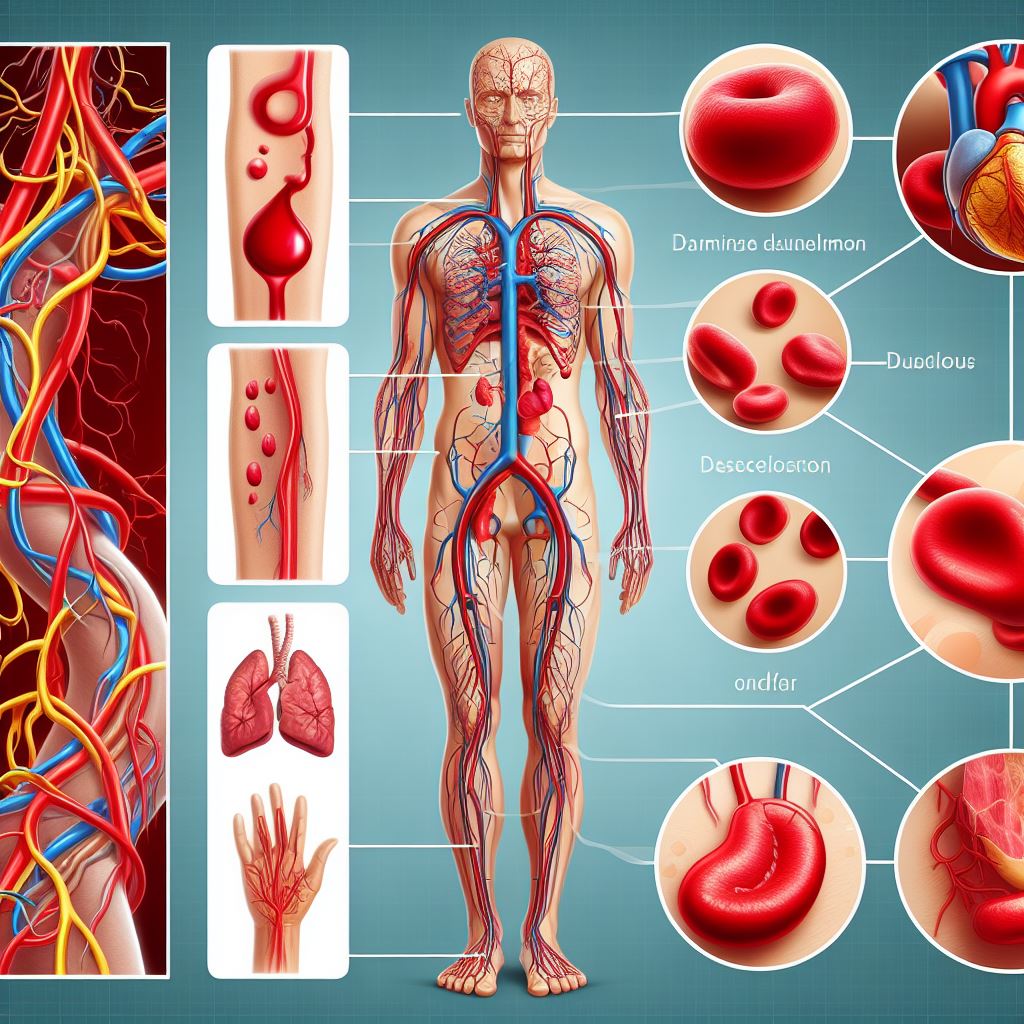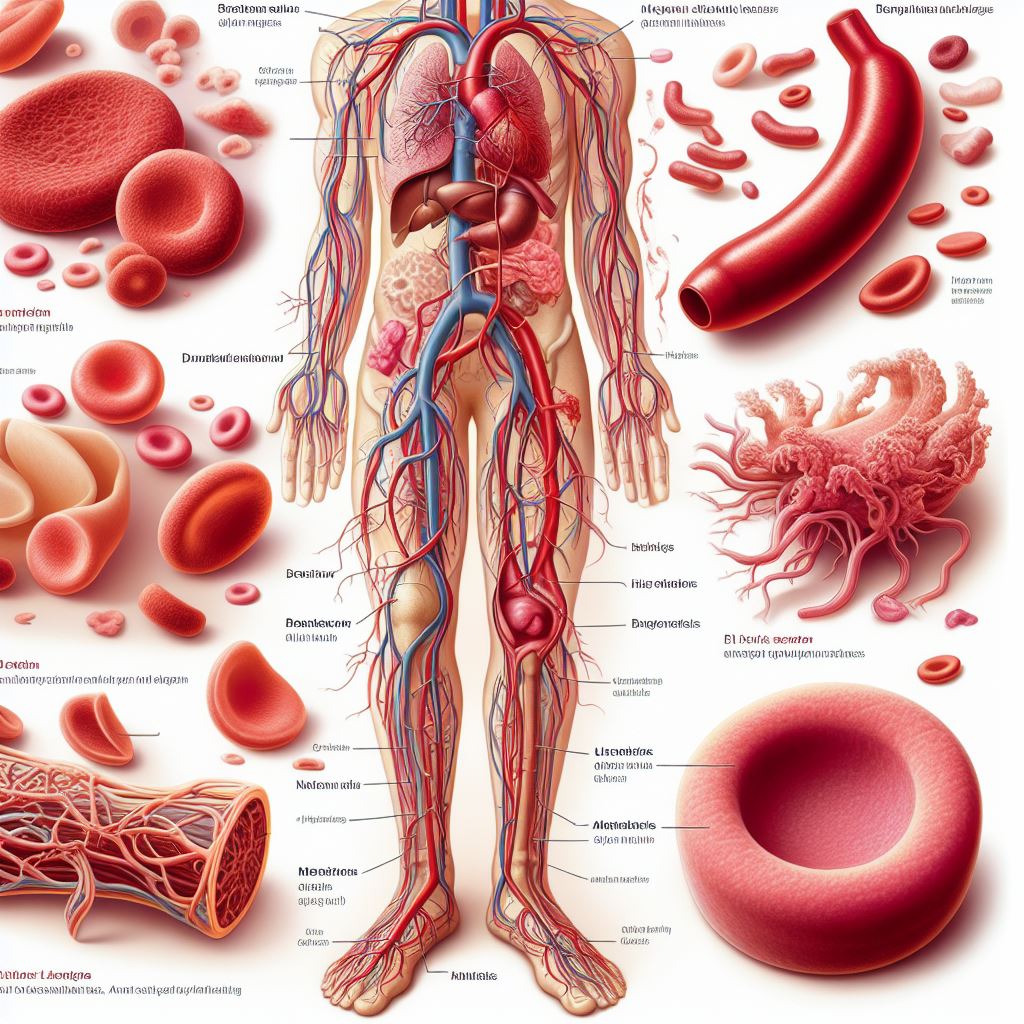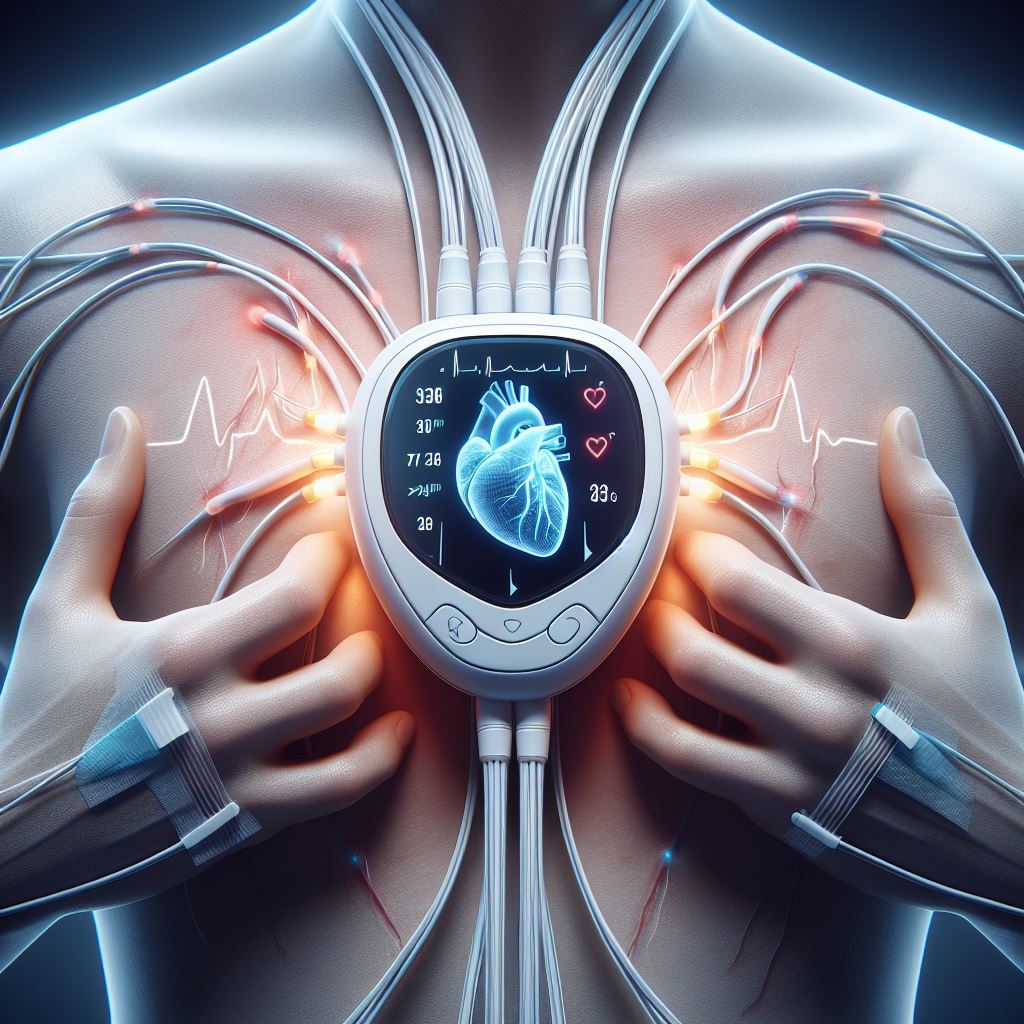
Cardiac Resynchronization Therapy (CRT)
Cardiac Resynchronization Therapy (CRT): Enhancing Heart Function for a Healthier Tomorrow
Cardiac Resynchronization Therapy, or CRT, is an advanced medical
intervention designed to improve the coordination of contractions between the
heart's ventricles. This coordination is crucial for optimal blood pumping and
circulation throughout the body. CRT involves the implantation of a device,
similar to a pacemaker, which helps synchronize the heart's contractions and
improve its efficiency.
Why Might I Need Cardiac
Resynchronization Therapy?
CRT is typically recommended for individuals with heart failure,
specifically those who experience electrical dyssynchrony in the ventricles.
This therapy aims to enhance the heart's pumping ability, alleviate symptoms,
and improve the overall quality of life for patients with certain types of
heart failure.
Risks Associated with CRT
As with any medical procedure, CRT is not without risks. It is essential
to discuss these risks with your healthcare provider. Common risks include
infection at the implantation site, bleeding, and device-related complications.
However, the benefits of CRT often outweigh the potential risks for many
patients.
How Do I Get Ready for the Insertion of
a CRT Device?
Preparation for CRT involves a thorough assessment by your healthcare
team. This may include diagnostic tests, discussions about your medical
history, and a review of current medications. Your healthcare provider will
provide specific instructions tailored to your individual needs to ensure a
smooth and successful procedure.
What Happens During Insertion of a CRT
Device?
The implantation procedure is generally performed in a specialized
cardiac catheterization lab. During the procedure, a small incision is made,
and the CRT device is carefully inserted, usually just below the collarbone.
The leads of the device are then guided to the heart's chambers, ensuring
proper placement for optimal synchronization.
What Happens After the CRT Device is
Inserted?
Following the CRT device insertion, your healthcare team will monitor
your progress closely. You may be required to stay in the hospital for a short
period for observation. Adjustments to the device settings may be made to
ensure optimal performance. Regular follow-up appointments will be scheduled to
assess your response to the therapy and make any necessary adjustments.
Next Steps
After CRT implantation, it is crucial to maintain open communication
with your healthcare team. Adhering to prescribed medications, attending
scheduled follow-up appointments, and adopting a heart-healthy lifestyle are
key components of successful CRT management. Your healthcare provider will
guide you on specific lifestyle modifications and monitor your progress over
time.
In conclusion, Cardiac
Resynchronization Therapy is a groundbreaking intervention that has provided
significant benefits to many individuals with heart failure. If you believe CRT
may be a suitable option for you or if you have further questions, please consult
with your healthcare provider. Your heart health is our priority, and we are
here to support you on your journey to a healthier tomorrow.




